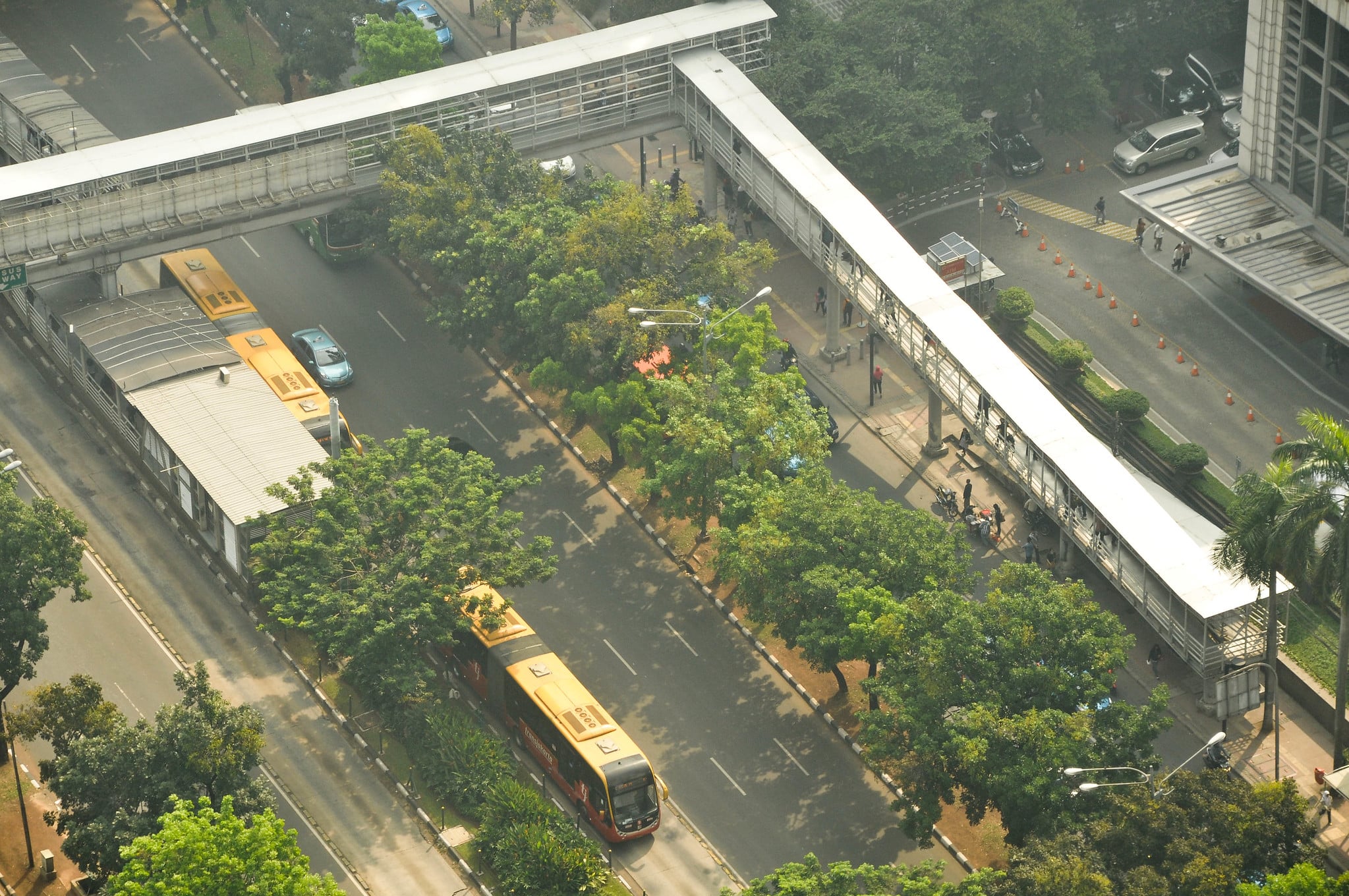- What are the impacts of policies, regulations, and plans on urban forests, in both the near-term and the long-term?
- How can we best assess the effectiveness of these plans?
- Which plans, policies, or regulations are most necessary?
For example, urban forest management plans are the “defining documents” of many urban forest programs, but not all cities have the capacity to develop such plans.112 For those that do, formal assessment methods of urban forest management plans are lacking.112

Other gaps in knowledge:
- How do benefits and dis-benefits differ in various social, political, climatic, geographic, and economic contexts? Much of the research has been conducted in North America, Europe, China, and Australia.113 It is important to remember that in other contexts, benefits and dis-benefits may change.110
- How do the services provided by “natural” or remnant forest patches differ from those of street trees or non-native planted trees?
- How can city officials best assess the value of urban forests, considering local environmental and economic conditions, in order to incorporate this value into decision-making?113
- How can city officials best assess the intangible social value of urban forests?
- How will rising global temperatures due to climate change and increasingly frequent extreme weather affect the ability of urban forests to provide benefits?
- What are the best ways to engage local communities, especially disadvantaged communities, when both parties have only limited time and resources? Some cities have taken innovative approaches, such as creating phone-lines to increase resident input, or creating community advisory boards?111











